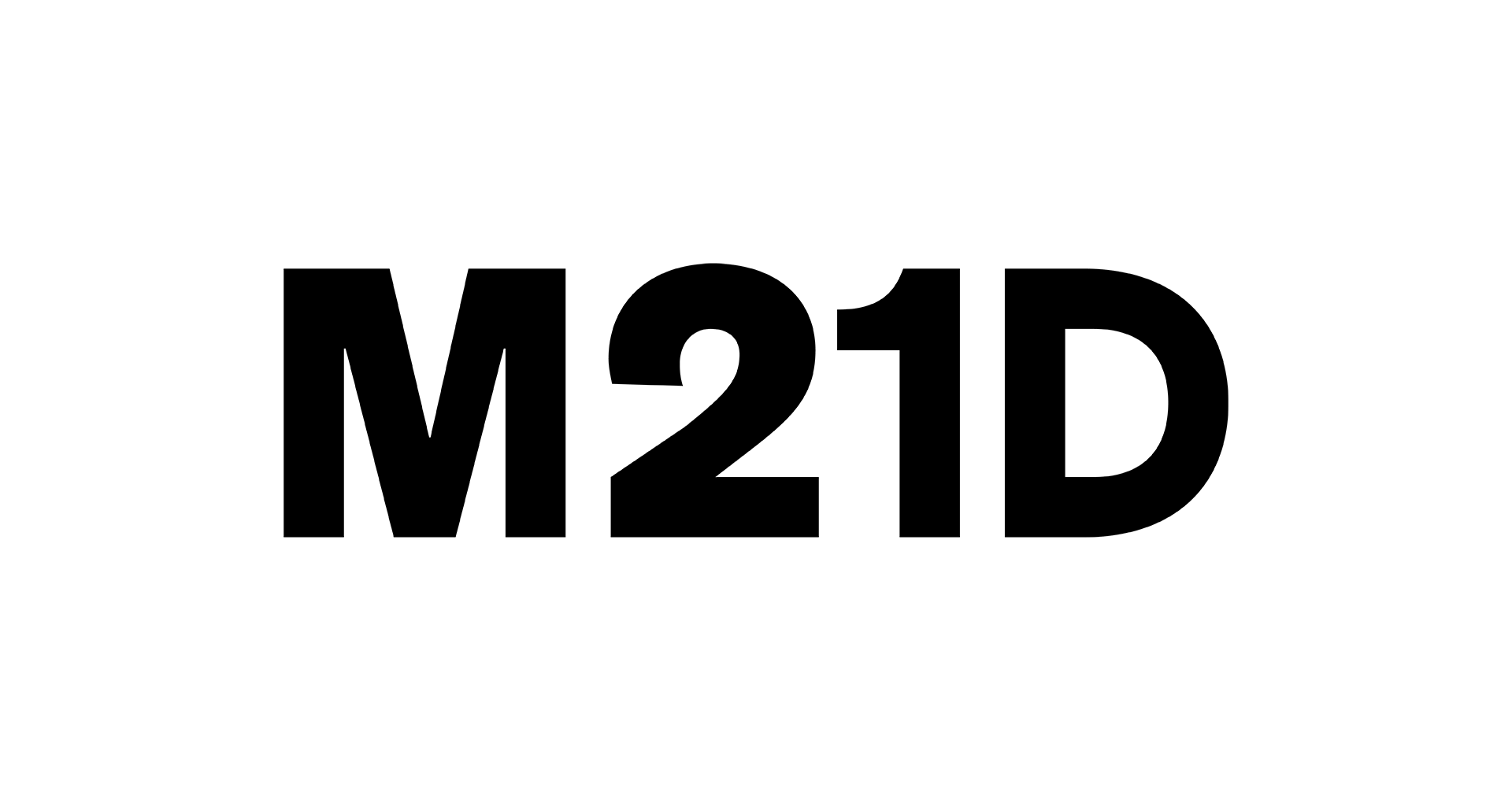Framework Convention on Tobacco Control

Image credit: WHO
Materials
Global policy from an international organization
Labor
Ongoing research into the working conditions in the development, distribution, and enforcement of the convention.
Creators
The World Health Organization
Uses
Decreases the use of tobacco and associated cancers; decreasing the growing of tobacco increases the incentives and space for food growth
Access
Ongoing research into who can benefit from this convention
Equality
Intends to support low- and middle-income countries decrease consequences of tobacco use.
Life cycle
Ongoing research into the impact of the development, enforcement, and after use of the convention.
Do you have something to add? Let us know! info@m21d.org
An Effort to Decrease Tobacco-Related Deaths
It is estimated that four million people die from causes attributed to tobacco every year. That means that 10% of almost all adult deaths stem from tobacco. That number is expected to grow to 10 million per year by 2030. But 10% isn’t equally distributed across people groups. Instead, 70% of tobacco deaths in 2030 will be people in middle- and low-income countries. That number is up from 50% in 1999. This discrepancy indicates the Framework Convention on Tobacco Control (FCTC) was not only designed to decrease human deaths but to create greater social equality.
The FCTC is an effort of the World Health Organization (WHO) to decrease the use of tobacco. The framework seeks "to protect present and future generations from the devastating health, social, environmental and economic consequences of tobacco consumption and exposure to tobacco smoke" by enacting a set of universal standards stating the dangers of tobacco and limiting its use in all forms worldwide. The treaty includes rules that govern the production, sale, distribution, advertisement, and taxation of tobacco. These rules are not only idealistic; the framework is a legally-binding agreement with 176 member parties representing 88 per cent of the world’s population.
Impact and Assessment after 20 years and Improvements in 2030
Since 2003, when the 56th World Health Assembly adopted the FCTC, researchers have closely watched the implementation and impact of the FCTC on tobacco deaths. While states report high numbers of compliance, those reports have come under question and, even among states that are in compliance, some have interpreted the regulations quite liberally. When Hoffman et al. compared WHO's FCTC implementation database with national implementation reports, they found 32% of country responses were misreported in the database. 3% were obvious errors, 24% were missing despite being reported by countries, and 5% were misinterpreted by WHO staff.
The FCTC is set to receive an update of terms and implementation in 2030. It is intended to focus on supporting low- and middle-income countries to come into reliable compliance.
M21D + Framework Convention on Tobacco Control
M21D has a deep interest in the design of public policy as a change agent. While criticism of the FCTC has been detailed, the FCTC has the potential for establishing a precedent for international collaboration.
Resources
Assessing the Expected Impact of Global Health Treaties: Evidence From 90 Quantitative Evaluations, National Library of Medicine
Adoption of Framework Convention on Tobacco Control, The American Journal of International Law
Framework Convention on Tobacco Control, World Health Organization
Implementation of the WHO Framework Convention on Tobacco Control in mainland China, Tobacco Control
INTRODUCTORY NOTE TO WHO: FRAMEWORK CONVENTION ON TOBACCO CONTROL, International Legal Materials
Opinion: Coalition building is key to tobacco control in LMICs, DevEx
WHO Framework Convention on Tobacco Control has major flaw, BMJ: British Medical Journal
WHO's undermining tobacco control, The Lancet
World No Tobacco Day 2022, World Health Organization
